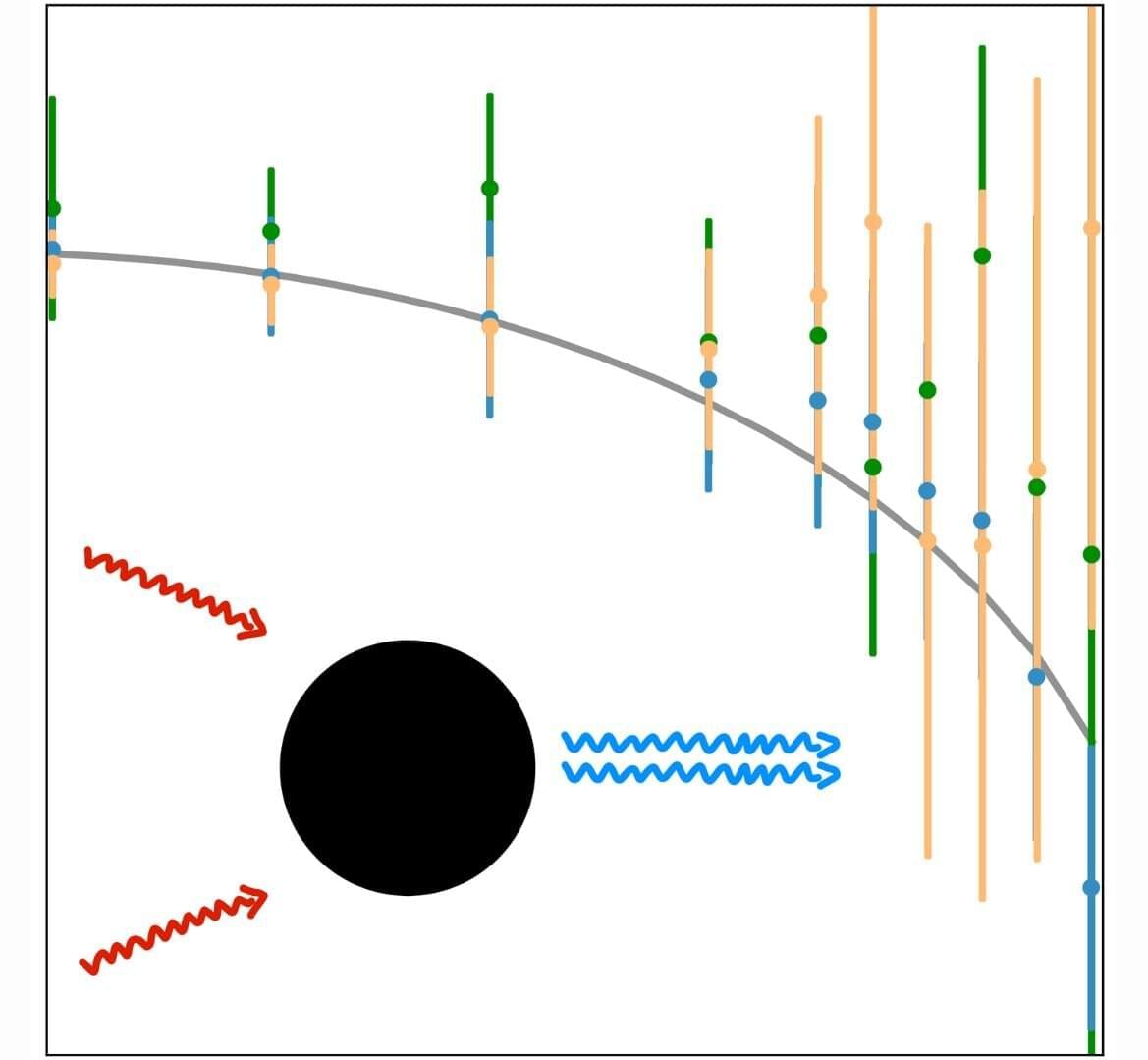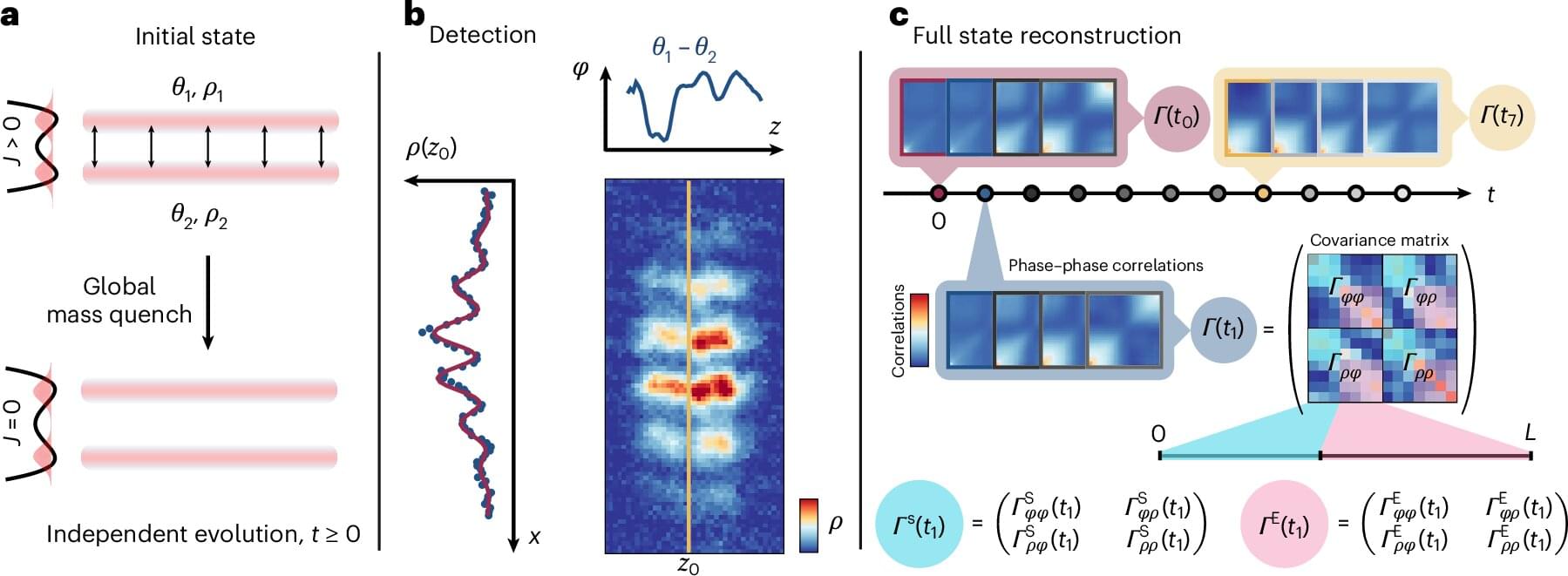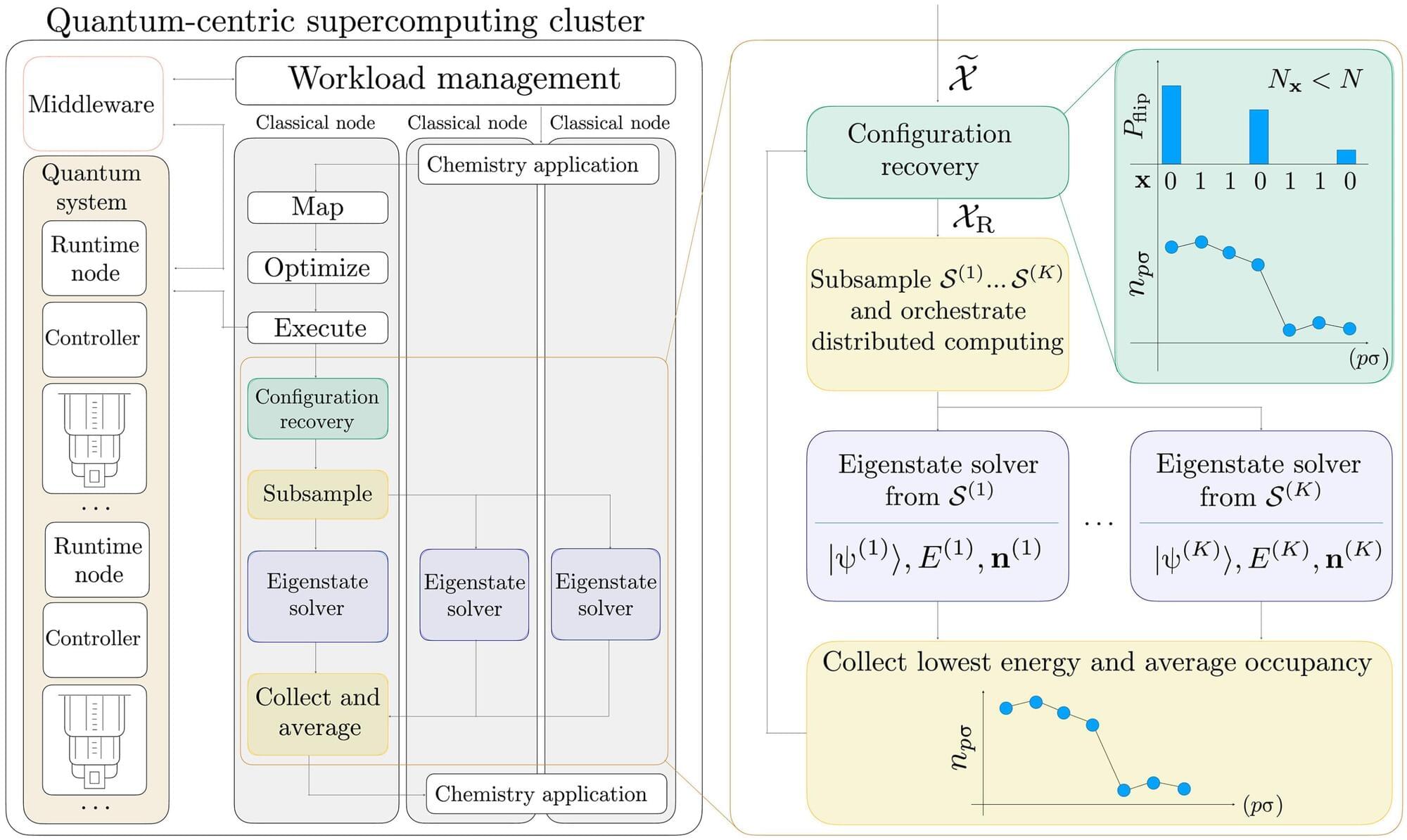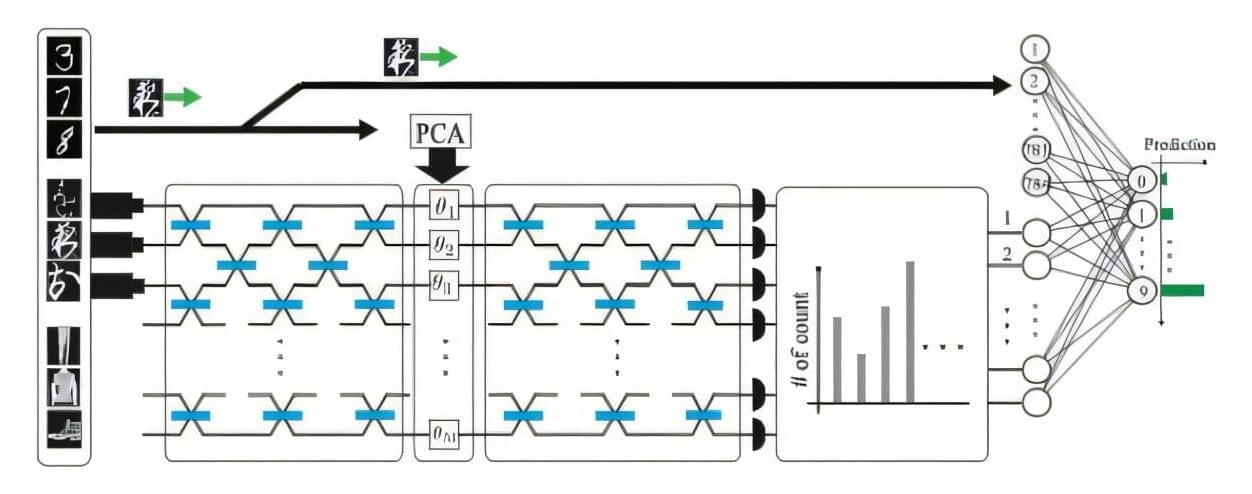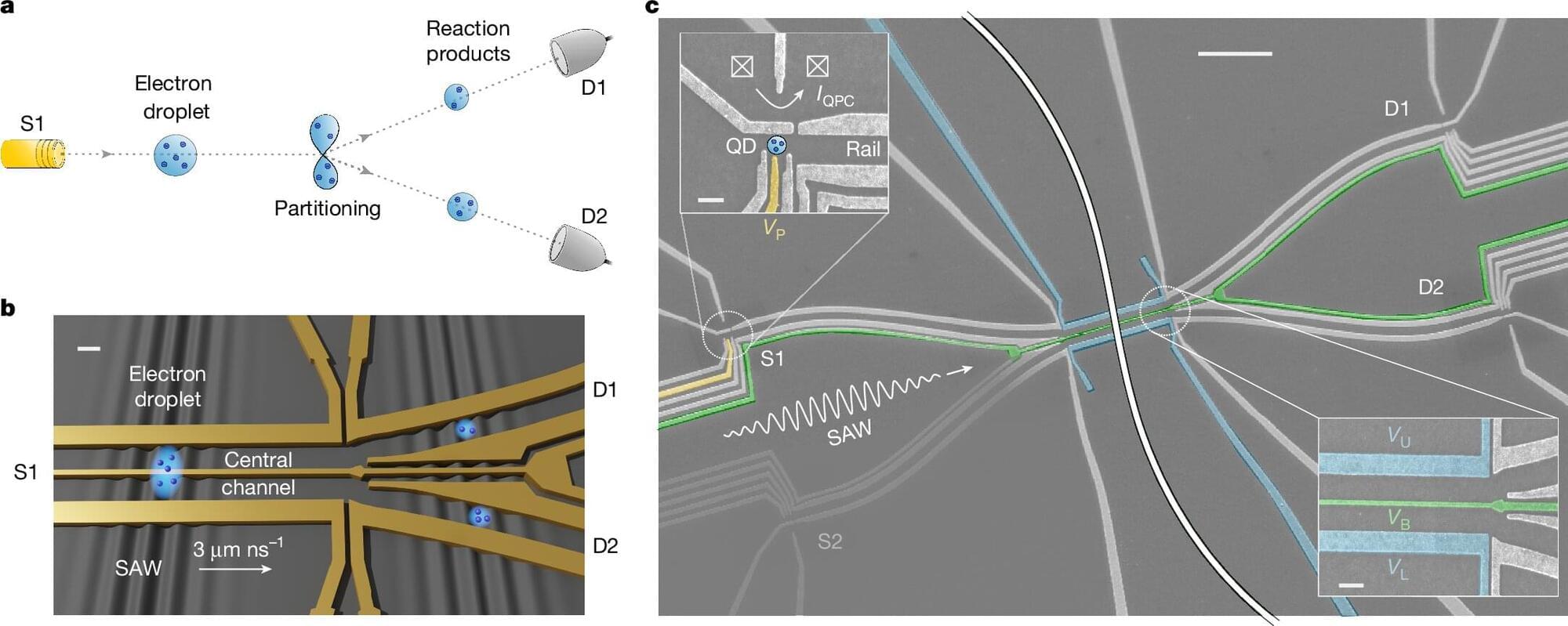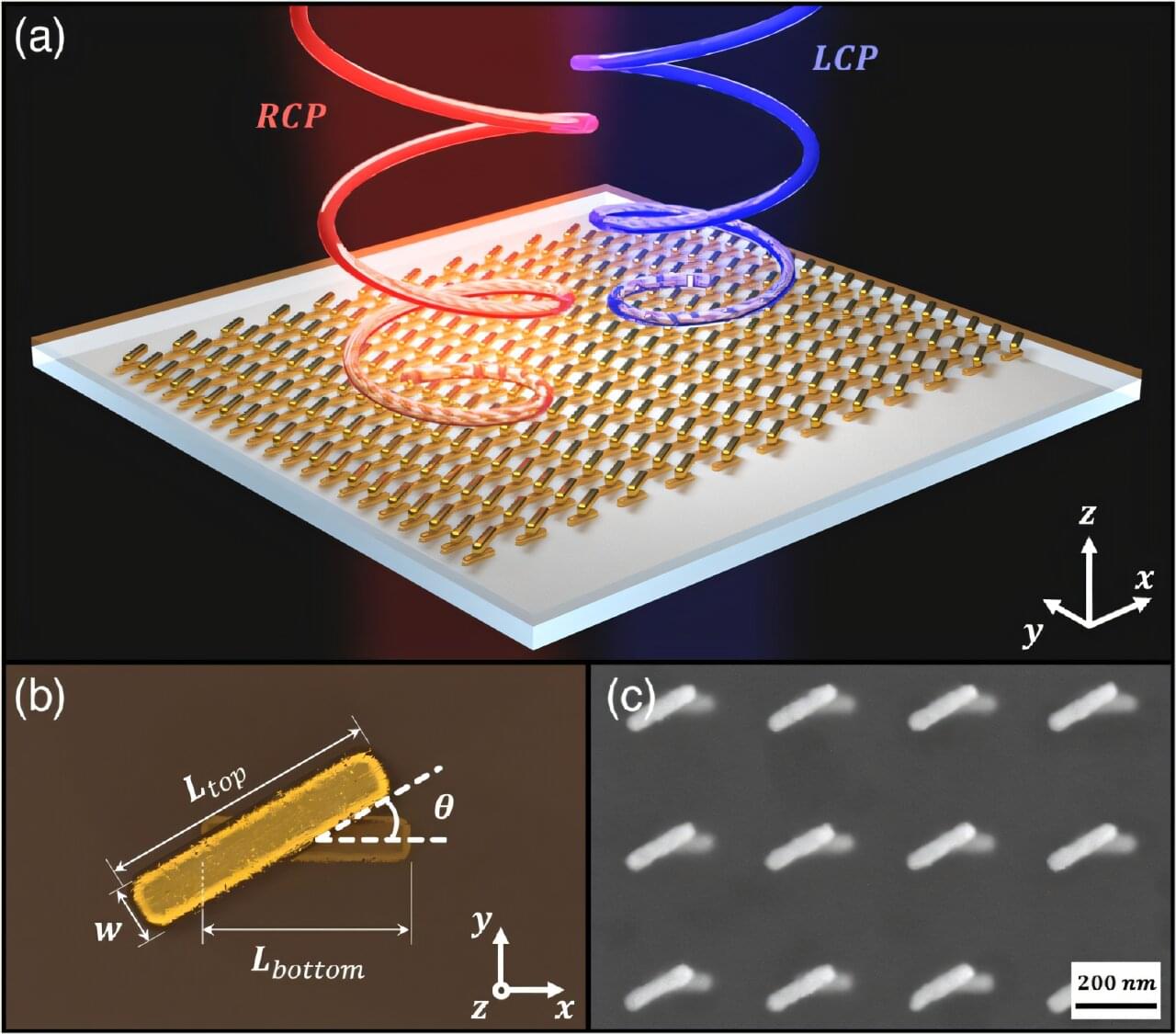In a recently published paper in Physical Review Letters, scientists propose a comprehensive theoretical framework indicating that gravitational wave signals from black hole mergers are more complex than earlier anticipated.
When two black holes merge in the cosmos, the cataclysmic event doesn’t end with a simple collision. The newly formed black hole continues to vibrate like a struck bell, producing gravitational waves in what scientists call the “ringdown” phase.
Researchers found that the cosmic reverberations involve sophisticated quadratic mode couplings—secondary oscillations that develop when primary modes interact with each other. This nonlinear behavior had been predicted in Einstein’s theory of general relativity, but has never been fully characterized until now.
